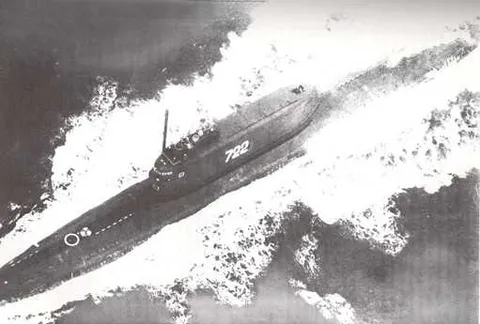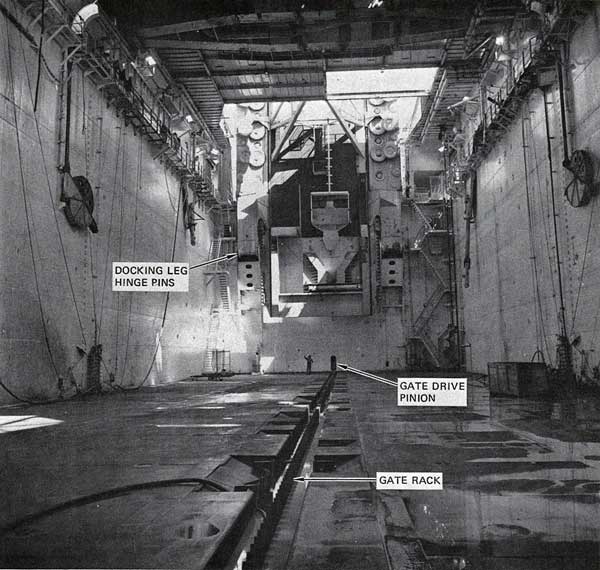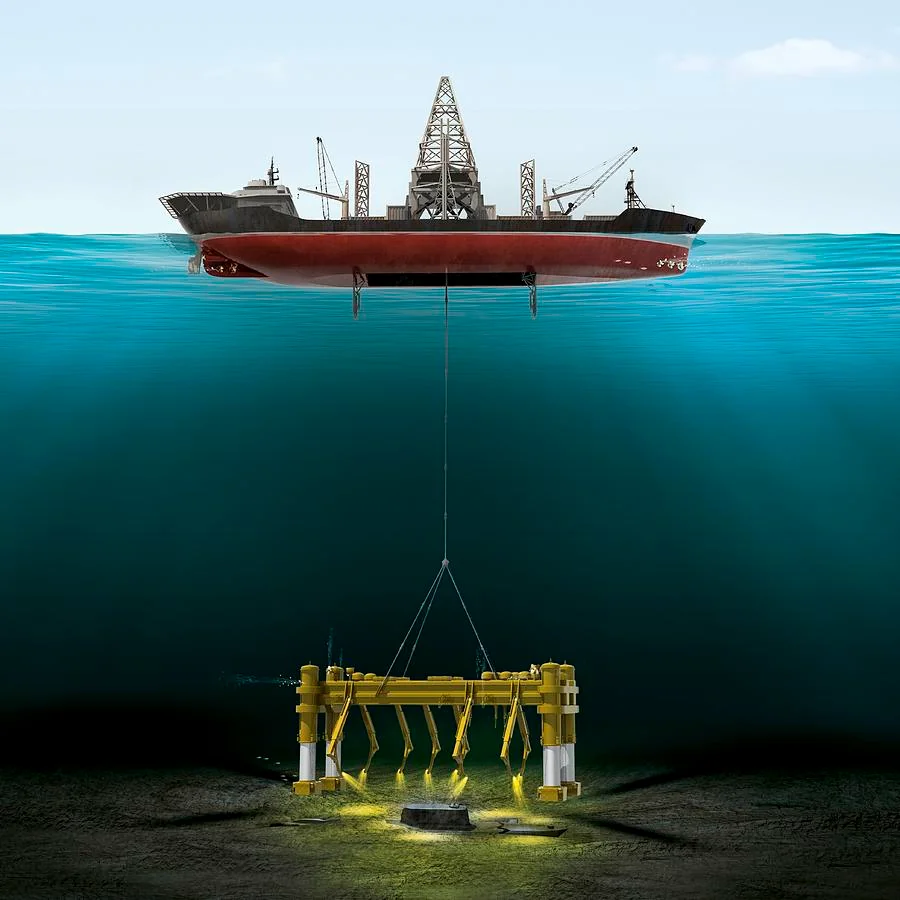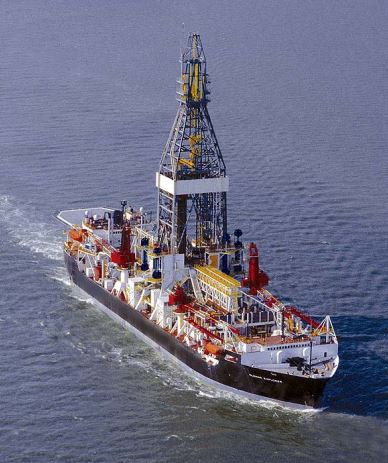Hughes Glomar Explorer
Introduction
The Hughes Glomar Explorer was a huge technological marvel that had a fascinating origin story. It was built for the CIA for a clandestine project to recover a sunken Soviet nuclear submarine, by the eccentric billionaire businessman Howard Hughes. The cover story was that it would be used for deep-sea mining, and this fiction prompted research and development by a host of other companies into deep-sea mining. After the CIA mission, the Glomar Explorer was used for deep-sea mining, then converted into a more conventional role as a deepwater drillship.
Project Azorian and the birth of the Glomar Explorer
Glomar Explorer was a key component of Project Azorian, and it was a specially designed for the sole purpose of recovering the sunken Soviet submarine K-129 from the ocean floor.
The story of Project Azorian started in 1968, during the height of the cold war. The Soviet Union submarine 'K-129', a Golf II class submarine, sank in the Pacific Ocean. Although the K-129 was a diesel-powered submarine, it carried three SSN-5 'Serb' submarine-launched ballistic missiles, which were of great interest to the United States.

The location of the sunken submarine was not known to the Soviets, but the USS Halibut (a US submarine) had located the wreck of the K-129 around 1500 miles northwest of Hawaii at a depth of 16,500 feet. Detailed surveys and close-up photos indicated that the wreck was mostly intact, and an ambitious plan was hatched to recover the submarine and unlock her secrets.

The CIA approached Howard Hughes to construct a ship that could recover the sunken submarine from the ocean floor. In order to generate a plausible cover story for developing and building such an enormous offshore vessel and technology, they decided that the recovery mission would be disguised as a deep-sea mining expedition to mine manganese nodules from the ocean floor. Howard Hughes agreed to assist, and the cover story was made public in 1972. Ironically, the cover story was so convincing that it sparked further interest in deep-sea mining around the world.
A large, deepwater, heavy-lift vessel was needed in order to lift the K-129 from the seabed and secure it, whilst ensuring that spy satellites and overflying aircraft were unable to see the submarine. This vessel became the Glomar Explorer. Although she was nominally designed and built by the Hughes Corporation, construction of the vessel was carried out by the Sun Shipbuilding and Drydock Co. in Chester, Pennsylvania under the supervision of the CIA. It was completed in 1973 and was named the 'Hughes Glomar Explorer'.
Design and Construction
Glomar Explorer was designed to be a deep-sea mining ship as a cover for its actual purpose. It was equipped with state-of-the-art technology, including a dynamic positioning system, which allowed the ship to stay in a fixed position above the recovery site. The Glomar Explorer was 618 feet long and 116 feet wide, weighed 50,000 tons, and had a crew capacity of 178 people.

The ship was equipped with a moon pool, an opening in the bottom of the ship, through which the submarine capture vehicle 'Clementine' could be lowered into the ocean:

Role in Project Azorian
Glomar Explorer played a crucial role in Project Azorian as it was used to recover a portion of the K-129 from the ocean floor. She was equipped with a capture vehicle 'Clementine', which was designed to grab the submarine from the ocean floor:

Glomar Explorer sailed to the recovery site in the summer of 1974 and successfully recovered a portion of the K-129. However, the section carrying the missile control room and nuclear ballistic missiles broke off during the recovery and fell back to the ocean floor.
Post Project Azorian - Deep-Sea Mining
After the completion of Project Azorian, Glomar Explorer was mothballed for almost 2 years due to lack of demand for such a unique and costly vessel. Various advertisements for proposals resulted in a few paltry bids for unusual uses.
Finally, in 1976, the ship was leased to the Lockheed Missiles and Space Company for deep-sea mining research - ironically, this being the original reason for her creation according to the CIA cover story. The Ocean Minerals Company (a consortium including subsidiaries of the Standard Oil Company of Indiana, Royal Dutch Shell, and Boskalis) used the Glomar Explorer to perform tests of prototype polymetallic nodules harvesting equipment.
Conversion to Deepwater Drilling
In 1997, Glomar Explorer was sold to Global Marine Drilling, who converted her into a oil and gas deepwater drillship. She was eventually scrapped in 2015, after an exciting and eventful 40-year career.
